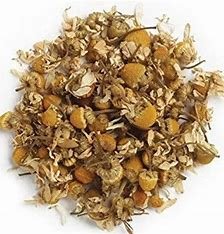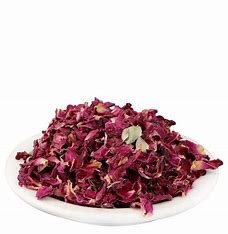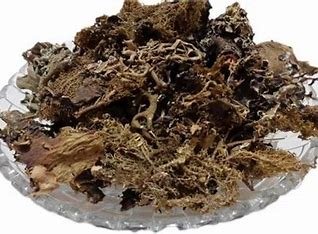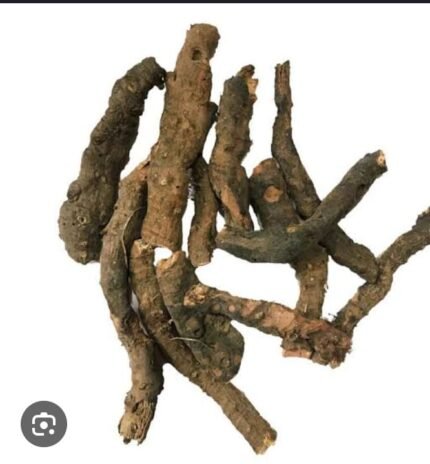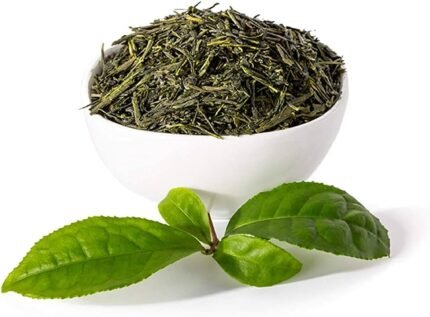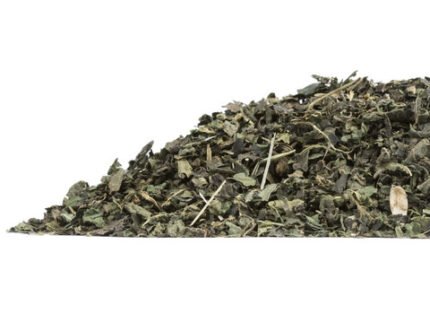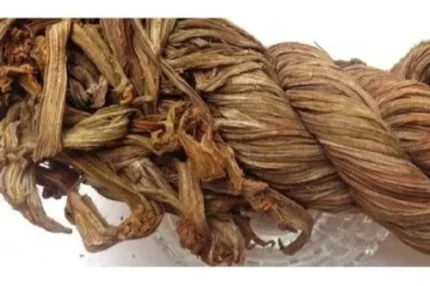Description
Chamomile (Matricaria recuita) is a flowering plant in the daisy (Asteraceae) family. Native to Europe and Western Asia, it’s now found around the world. The herb smells slightly like an apple, which may explain its name—chamomile is Greek for Earth apple.
Chamomile preparations are commonly used for many human ailments such as hay fever, inflammation, muscle spasms, menstrual disorders, insomnia, ulcers, wounds, gastrointestinal disorders, rheumatic pain, and hemorrhoids. Essential oils of chamomile are used extensively in cosmetics and aromatherapy
The potency of various chamomile teas varies, with some containing significantly more chamomile than others. The more potent teas are also more likely to cause side effects in people who are vulnerable to them. Consequently, it is safest to start with a low dosage and work up to larger doses slowly. There isn’t such a thing as too much chamomile. It is for the most part, very safe to drink! Typical consumption is from one to two to three cups a day gradually.
Chamomile contains chemicals called flavonoids. These flavonoids are a type of nutrient present in many plants, and they play a significant role in chamomile’s medicinal effects. Researchers are not sure yet what other chemicals are present in chamomile specifically and account for its benefits.
Possible Side Effects
Chamomile is part of the same plant family as ragweed and chrysanthemum, so people with allergies to these plants may react—sometimes severely—when they use chamomile either internally or topically. Though reactions are reportedly more common with Roman chamomile, call your healthcare provider if you experience vomiting, skin irritation, or allergic reactions (chest tightness, wheezing, hives, rash, itching) after chamomile use.
The following groups should avoid chamomile unless advised otherwise by a doctor:
- People with a history of severe allergies, particularly to pollens: Chamomile may be contaminated with pollen from other plants so can cause an allergic reaction.
- People who have previously had an allergic reaction, even mild, to chamomile products: They should avoid chamomile, as allergic reactions can get worse with time.
- Infants and very young children: Chamomile tea, similarly to honey and some other natural products, may be contaminated with botulism spores. Most healthy adults can fight off the infection, but infants may not be able to. Many doctors recommend infants and young children avoid honey, and they should also avoid chamomile products.
It is also not safe to use chamomile as a substitute for proven medical treatments. If someone is taking any medications, they should ask their doctor about potential interactions with chamomile tea.
Benefits:
Helps us in preventing and curing the following:
- Treating diabetes and lowering blood sugar
- Slowing or preventing osteoporosis
- Reducing inflammation
- Cancer treatment and prevention
- Helping with sleep and relaxation
- Treating cold symptoms
- Reducing menstrual pain
- Treatment for mild skin conditions
Other Names:
flos chamomillae, German chamomile, Hungarian chamomile, Matricaria flowers, pinheads, sweet false chamomile, true chamomile, wild chamo- mile, and Gul Babuna
Safety Information:
- For Natural Taste & Freshness, Keep it in cool and dry place.
- Avoid direct Sunlight & Do not Refrigerate.
- Store the contents in an Airtight Container after opening the package.
- All herbal medicine should be used under Medical Supervision only.

